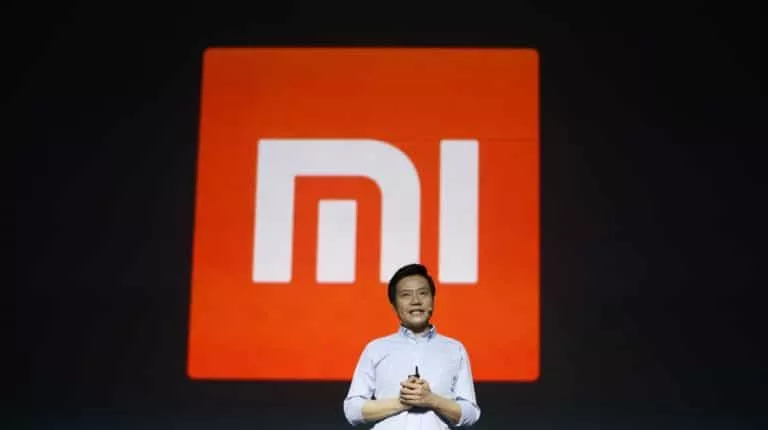Qualcomm’s Snapdragon Naming Scheme Explained: Smartphone, Handheld, Laptop, Wearable

When Qualcomm first started making processors for smartphones, they were typically divided into four well-defined series. However, as the company expanded into various ventures, its Snapdragon naming scheme has gotten confusing, to say the least.
Now, for the average user, comprehending the difference between processors such as the Snapdragon 8 Gen 1 and the Snapdragon 8cx Gen 3 involves multiple Google searches. Here is everything you need to know about the naming scheme of Snapdragon processors.
Qualcomm’s Smartphone Processors
Qualcomm’s lineup of phone processors is divided into three primary categories:
Snapdragon 8 Gen series
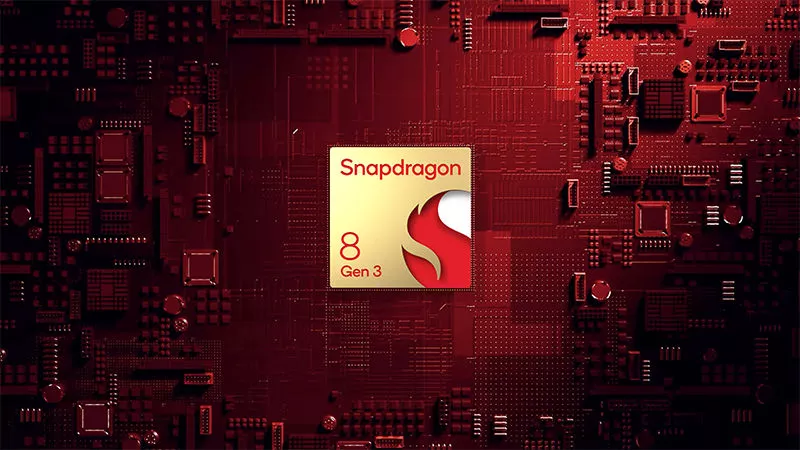
The Snapdragon 8 Gen series is the top of the cream, powering the latest flagship devices. The most recent addition to this lineup is the Snapdragon 8 Gen 3, which debuted in the Xiaomi 14 series and will power flagship phones throughout 2024.
In terms of configuration, the chip’s 1+5+2 CPU setup comprises one Cortex-X4 core, five Cortex-A720 cores, and two Cortex-A520 cores. This configuration promises a 30% performance boost and a 20% increase in efficiency.
However, with the introduction of the new series of chips, the previous iteration—the Snapdragon 8 Gen 2—has witnessed a price drop, rendering it a popular choice for upper-midrange phones.
Snapdragon 7 Gen series
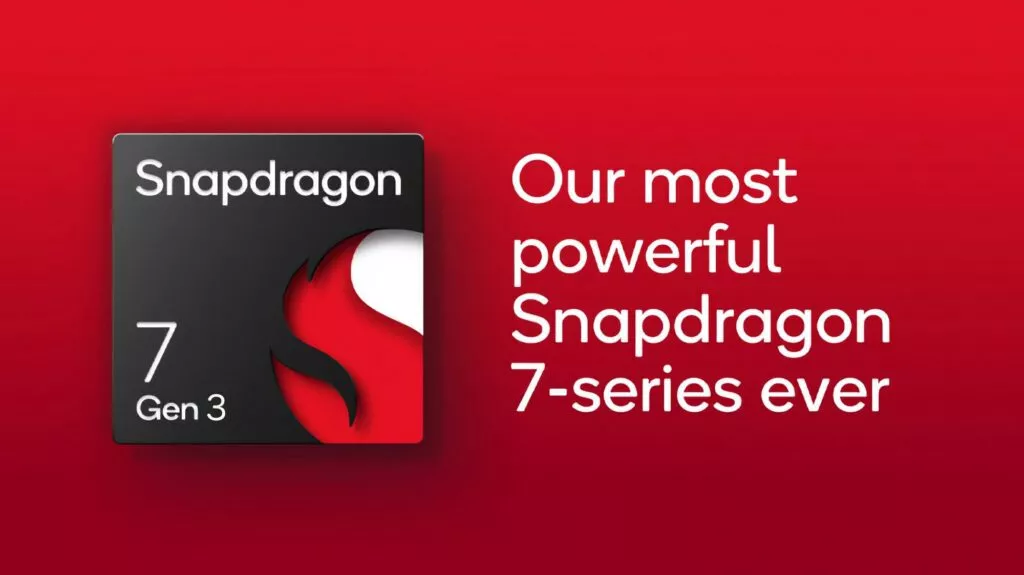
While the 8 Gen family is pretty straightforward, the 7 Gen series is a hot mess, thanks in part to the sheer number of these processors and confusing lineups. For instance, the Snapdragon 7 Plus Gen 2, introduced in early 2023, closely resembles the Snapdragon 8 Plus Gen 1. Both feature the same TSMC 4nm design and CPU configuration.
However, to make matters even more confusing, the Snapdragon 7s Gen 2, unveiled in September 2023, somehow performs worse than its predecessor, the Snapdragon 7 Gen 1 from 2022.
To put it simply, the best processor in the Snapdragon 7 series is the Snapdragon 7 Plus Gen 2, followed by the Snapdragon 7 Gen 3, Snapdragon 7 Gen 1, and finally, the Snapdragon 7s Gen 2.
Snapdragon 6 Gen Series
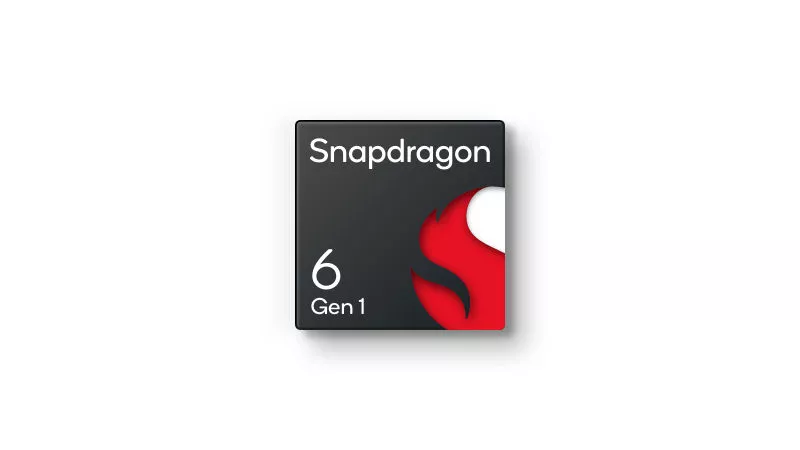
While the 7 Gen series caters to the mid-range segment, the 6 Gen series targets the sub $300 price bracket, powering phones like the iQOO Z8x. Fortunately, unlike its higher-tier counterpart, the naming within the 6 Gen series remains consistent, with the Snapdragon 6 Gen 1 standing as the latest iteration.
Qualcomm’s Handheld Gaming Processors
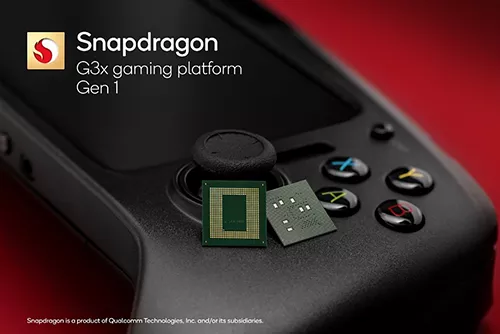
Handheld gaming has boomed in recent years, which has led to Qualcomm introducing a new series of processors catering to the segment. However, the name of the first processor, the Snapdragon G3x Gen 1, is confusing. This is because while one might assume the “G” signifies gaming, Qualcomm has yet to clarify the significance of “3x.”
Qualcomm’s Laptop Chips
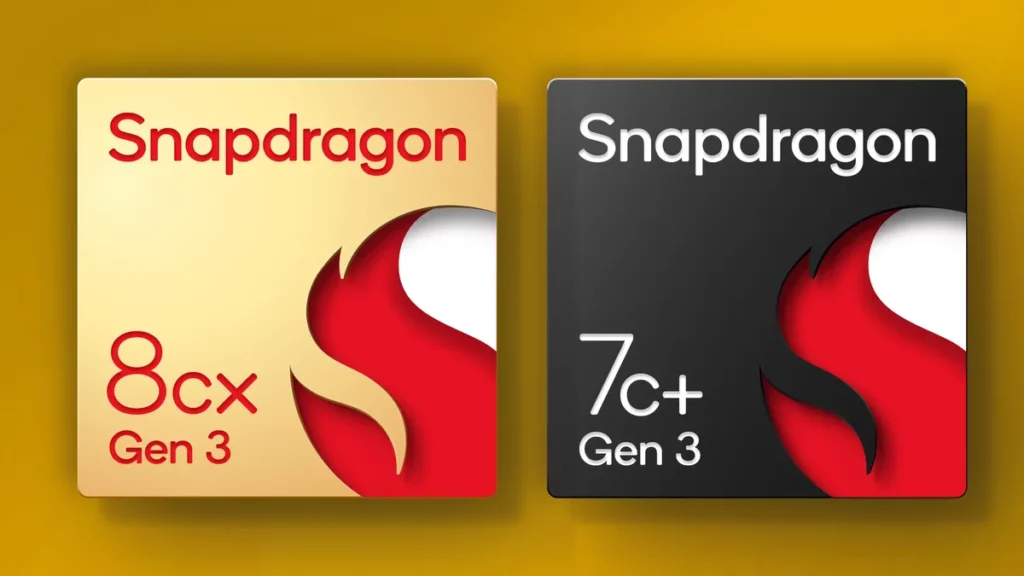
With Apple popularizing ARM chips in the laptop space, Qualcomm has intensified its efforts to replace the aging x86 architecture. As part of these efforts, the company recently unveiled its flagship ARM laptop chip, the Snapdragon 8cx Gen 3. When talking about the naming scheme, the “8” signifies the chip’s flagship status, while the “c” and “x” denote computing and “eXtreme”, respectively.
However, in classic Qualcomm fashion, there’s another chip in the laptop lineup—the Snapdragon 7c+ Gen 3—which deviates from the conventional naming scheme. While it’s understandable that the “7” indicates a mid-range processor, the significance of the “+” remains unclear, with the company highlighting that it represents a new design.
Qualcomm’s Wearable Chips
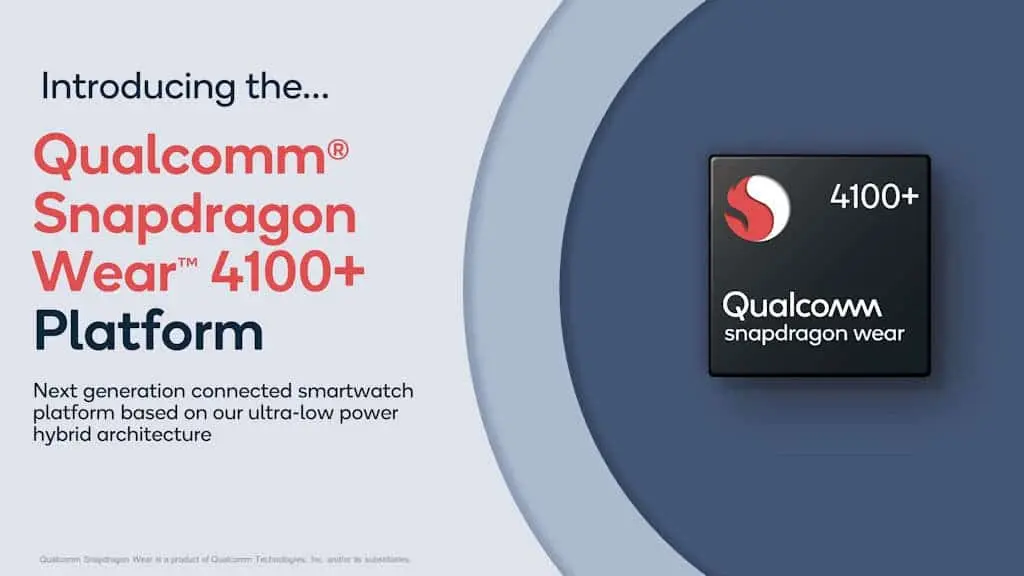
Unlike the Gen series, Qualcomm’s wearable chips follow a distinct numbering system. For instance, the latest Snapdragon Wear 4100 succeeds the Wear 3100, and this pattern continues. Additionally, certain chips may carry a “+” icon, signifying a higher tier within a specific series.
The XR and AR Platform

Qualcomm is one of the primary chip makers in the VR/AR segment. The XR platform, denoting “eXtended Reality,” powers several VR headsets, including the Meta Quest 2. However, the naming of these chips can be difficult to wrap your head around. This is because there are two XR platforms, namely the XR1 and the XR2, and the Gen naming system.
The XR1 platform is suitable for industrial applications, boasting features like visual inertial and odometry, coupled with spatial sound capabilities. On the other hand, the XR2 platform is better designed for consumer VR and mixed-reality applications. Presently, the Snapdragon XR2 Gen 2 is the latest chip in this lineup.
Similarly, Qualcomm offers two distinct platforms within AR—the AR1 and AR2—catering to different products. While the AR2 series targets immersive augmented reality glasses akin to HoloLens, the AR1 focuses on standalone smart glasses. For example, the latest Ray-Ban smart glasses use the AR1 Gen 1 chip.


